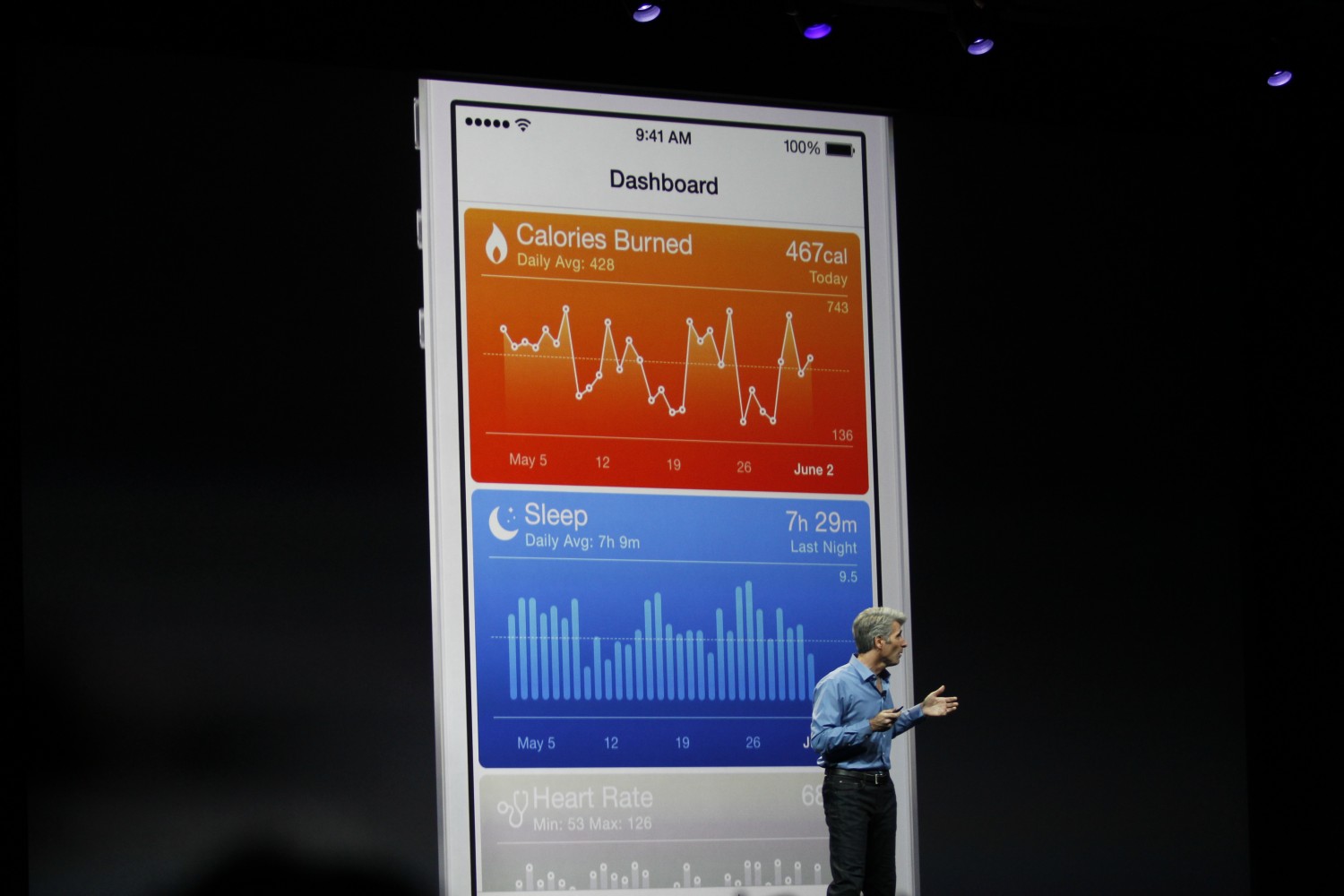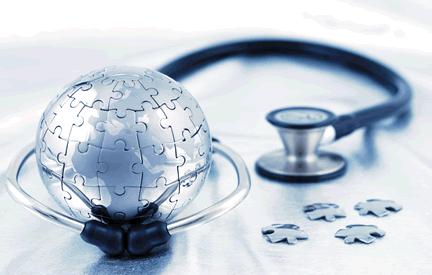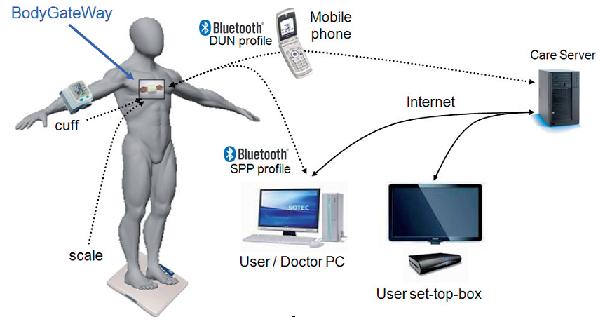Taxing 9am to 5pm jobs, long hours in front of a computer screen, uneven sleeping patterns and clumsy diet issues, are the most common issues faced by over 70 per cent of blue collar employees in today's fast paced world where the youth ranks their career ambition over their health.
Carry a water bottle
Keeping water handy is a really smart idea. Sometimes, if you’re working, you’ll just forget to drink water for long periods of time. Also, sipping water or a fruit based drink keeps your body hydrate and your mind refresh, which in turns makes you perform more efficiantly at work. So, opt this habbit now.
Go healthy! Nothing beats home cooked food
Nothing substitutes a nutritious salad or a wholesome meal cooked at home. Thus, it's best to eat home cooked Dal Chawal or any healthy meal at work. However, if you happen to live away from your family or being too occupied to pack your lunch, then there are a good number of start-ups delivering home cooked food and fresh salads. Try binging on the products offered by such fast service start-up instead of ordering fast food with high content of unhealthy food, which do no good to your health.
Don't go too hard on yourself. Chill!
Your client can wait for a few minutes. Close your eyes and relax for 2 minutes for every hour. This clears your mind and keeps you active.
Go easy on your posture
Yes, it's enjoyable to sit on that comfy office chair with your back reclined in odd postures, but it actual damages your spine and it's high time that you start sitting in proper postures. Be sure, the back is aligned against the back of the office chair. Avoid slouching or leaning forward, especially when tired from sitting in the office chair for long periods.
Sleep pays off
Believe it or not but getting even 30 minutes less sleep than your body requirements can have short- and long-term consequences for health, mood and performance. It's good to maintain a regular sleep and wake schedule, with at least 8 hours every day, even on the weekends. It's actually not as impractical as it sounds, provided that you make a genuine effort.
Kick the caffeine habit
It's a well known fact that caffeine interferes in your sleep and lead to sleep disorder in many. Thus, its advised to avoid tea, coffee and soft drinks close to bedtime. Instead, go for a glass of fresh juice in the morning and a cup of green tea in the evening.
Join weekend wellness sessions
There are hundreds of dance groups, Yoga trainers, aerobics classes operating in India, which will help your body play, exercise and get some vitamin D. By joining a dance class over weekends will help you socialize with people out of your circle as well as work on your fitness in a fun manner.
Walk and Talk
If you work at a corporate house, it goes without saying that a major part of your day is spent on the phone. What you should do is get a wireless headset and make a habit of walking while you talk. You may not think that it is a workout, but even simple movements can make a huge difference rather than just sitting at one place and working for hours in one posture.






